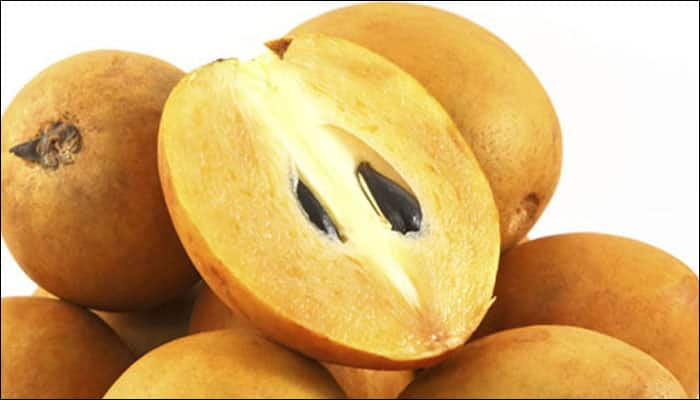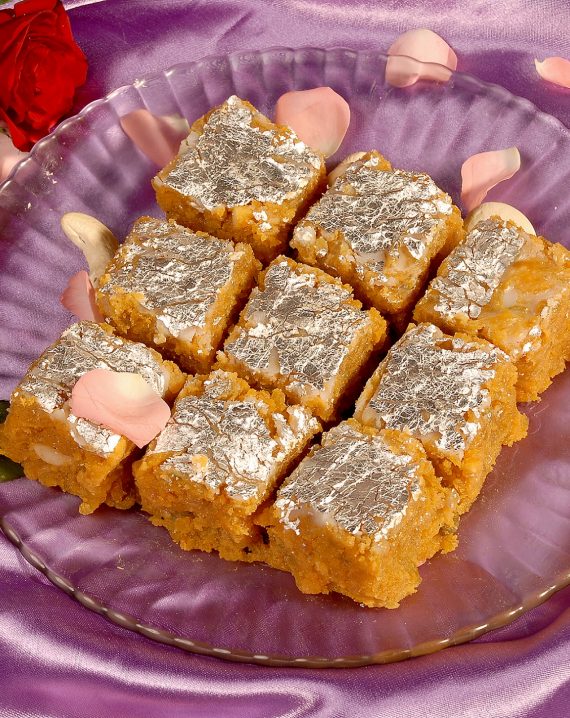

There are quite a few interesting recipes out there, from chickoo halwa, kheer, to even barfis. Foliage, Glossy leaves are elliptic (7.5-11.3 cm long). Now while the fruit isn't really cooked, or even used in salads (except for maybe fruit salads), probably due its supremely dominating flavours, the sapota can be blended into milk or yogurt and had as a smoothie. Common Name: Chiku, Sapodilla, Sauh Menila, Naseberry, Nispero, Chicle, Chicle Gum, Ciku. In addition, eating the fruit can give you a fiber fill as well. Studies claim that the tropical fruit is dense with vitamin A and C, and has some micronutrients of the B vitamin complex. The varieties of sapota in India have funny names - Kali Patli, cricket ball, Baramati, Pili Patli, Dwarapudi, Chhatri and so on. Apart from being a powerhouse of antioxidants, chico is rich in iron, copper, calcium, magnesium, potassium and phosphorus. Incidentally, Karnataka is known to be the highest grower of the fruit, followed by Maharashtra. In India, the sapota is grown in many states - Karnataka, Gujarat, Maharashtra, Tamil Nadu, West Bengal and Andhra Pradesh. With its roots in Mexico, Easter Guatemala and Belize (on the eastern coast of central America), the Colonisers took it to the Philippines from where it travelled to the rest of Asia, making its way into India only in the late nineteenth century. Had it not been for them, the chickoo, chikoo or sapota would have perhaps never come to India. We have something to thank the Spanish for. It is a hardy plant and can tolerate scarcity of soil moisture fairly well. The optimum temperatures range from 12 to 36C. Areas with an annual rainfall of 125 to 250 cm are highly suitable. But taking the middle path, we're not quite sure. It prefers warm and humid weather and grows in dry and humid areas. It's quite easy to either love the sapota or hate it.

#CHIKOO LEAVES SKIN#
The heady sweet aroma of sapota is unmistakable, with its fleshy brown skin and grainy sweetness in the inside.


 0 kommentar(er)
0 kommentar(er)
